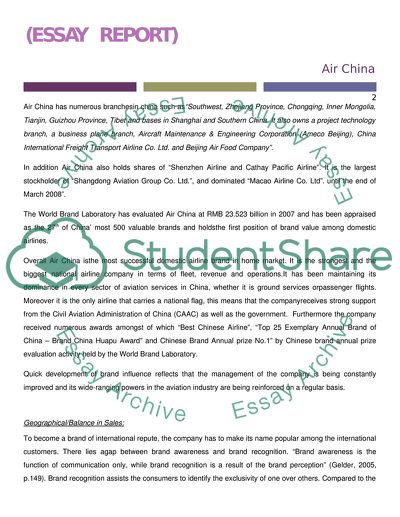Cite this document
(Air China's Global Branding and the Internationalization Process Case Study, n.d.)
Air China's Global Branding and the Internationalization Process Case Study. Retrieved from https://studentshare.org/marketing/1737360-international-marketingair-china
Air China's Global Branding and the Internationalization Process Case Study. Retrieved from https://studentshare.org/marketing/1737360-international-marketingair-china
(Air China'S Global Branding and the Internationalization Process Case Study)
Air China'S Global Branding and the Internationalization Process Case Study. https://studentshare.org/marketing/1737360-international-marketingair-china.
Air China'S Global Branding and the Internationalization Process Case Study. https://studentshare.org/marketing/1737360-international-marketingair-china.
“Air China'S Global Branding and the Internationalization Process Case Study”, n.d. https://studentshare.org/marketing/1737360-international-marketingair-china.


